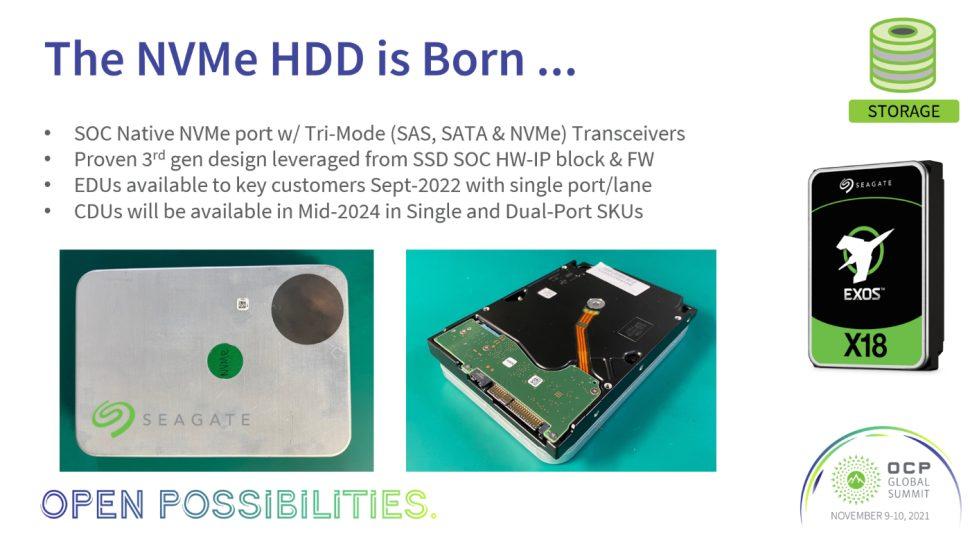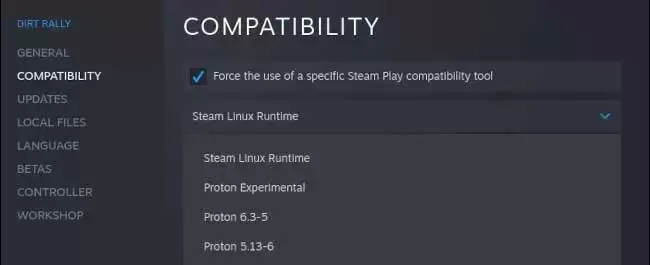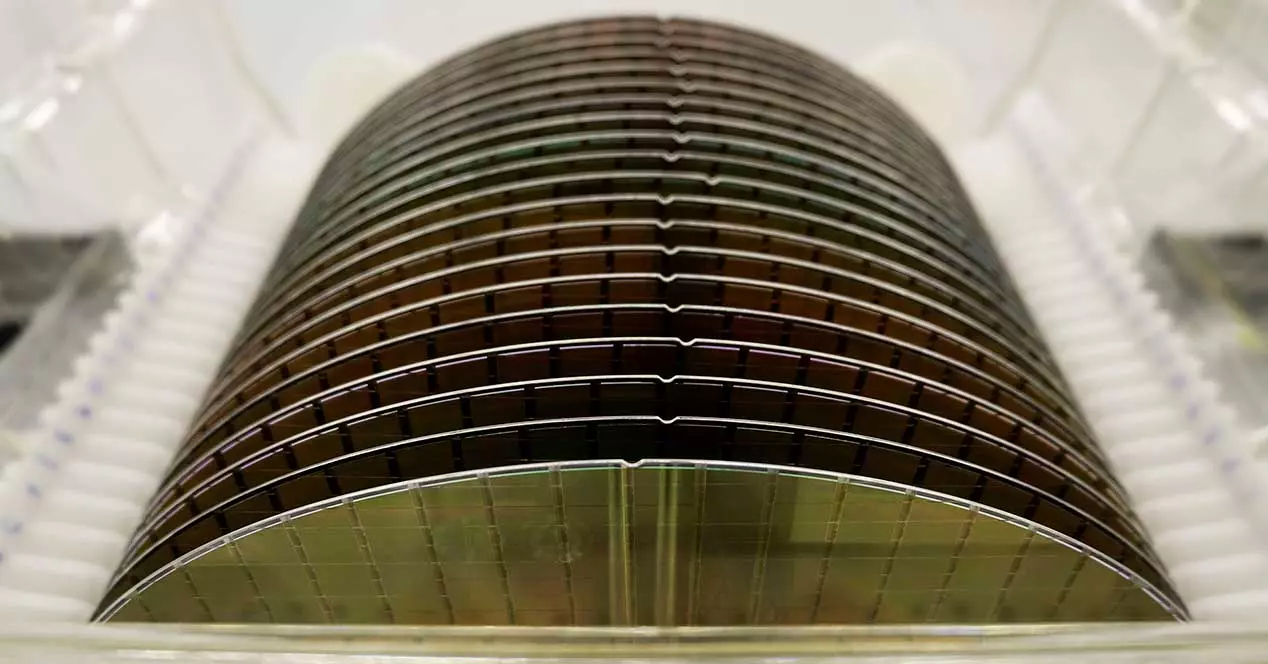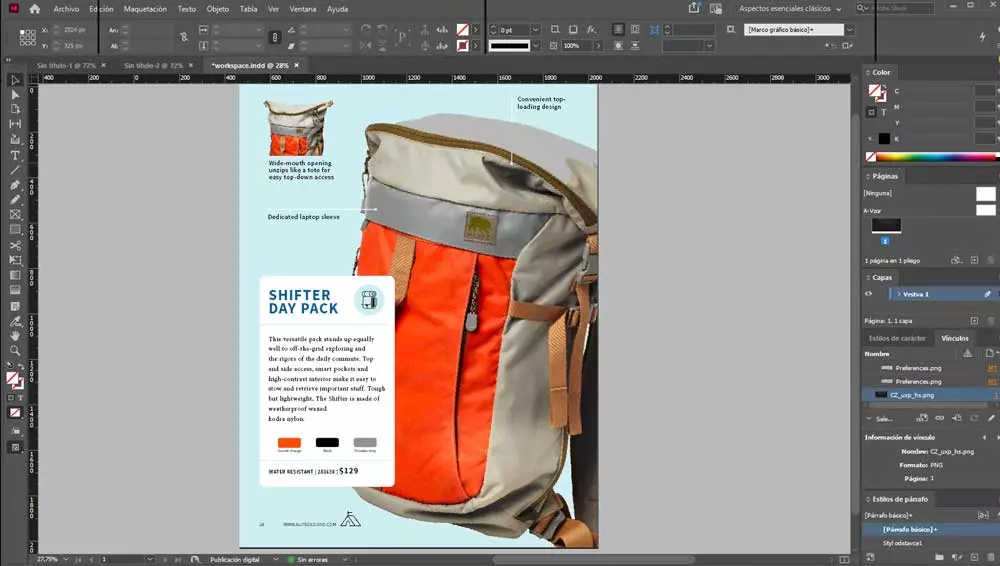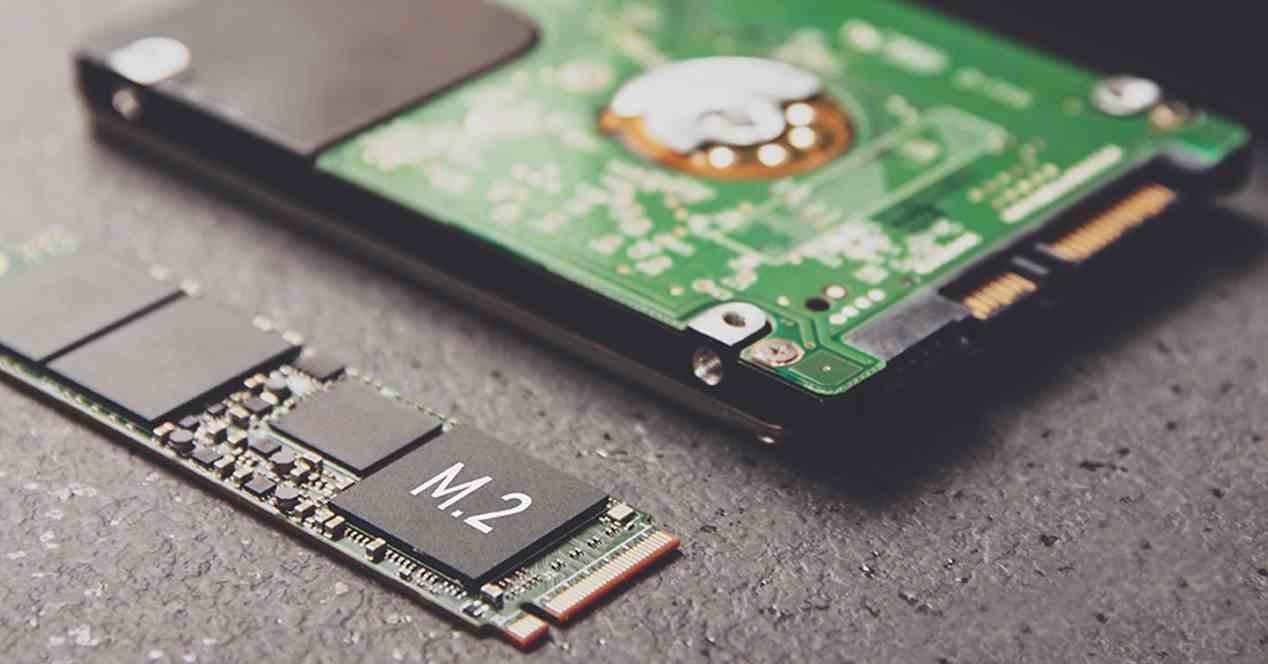
The sales of the sata hard drives, as well as SSD drives that use the same interface, are getting smaller and smaller and this indicates the disappearance of said port over time. Is the jump to solid-state drives inevitable or will the future interface end up adopting the classic HDDs as well? So let’s see what the trends are.
Actually, the SATA port in terms of data is long dead, what is done today is to use a connector of this type, but in the back room it is usually a PCIe connection using a single data pin or a USB. So the change has already taken place, in a subtle way and without our noticing. Now, the next step is the physical disappearance of the port, which is maintained due to the fact that there is still demand for components that continue to use it.
Fewer and fewer SATA hard drives and SSDs are being sold
The SATA port has not been renewed for more than a decade and has been stuck at a transfer speed of 6 Gbps, which is more than enough for hard drives that, due to physical limitations, do not usually reach that transfer speed ever. However, it is a problem for SATA SSDs that see how their counterparts via PCI Express in M.2 format are getting faster and the advantage of their greater storage per form factor seems to weigh little. The reason? They are in both worlds or are, rather, player of all, but master of none.
Perhaps that is why in the data compiled by Puget Systems and that you can see above these lines, NVMe SSDs already have 3/4 of the market and seeing the trend, said market share will continue to grow, sweeping SATA devices in the process until make them disappear from the market. Which is a slow and agonizing end for both SATA hard drives and solid state drives.
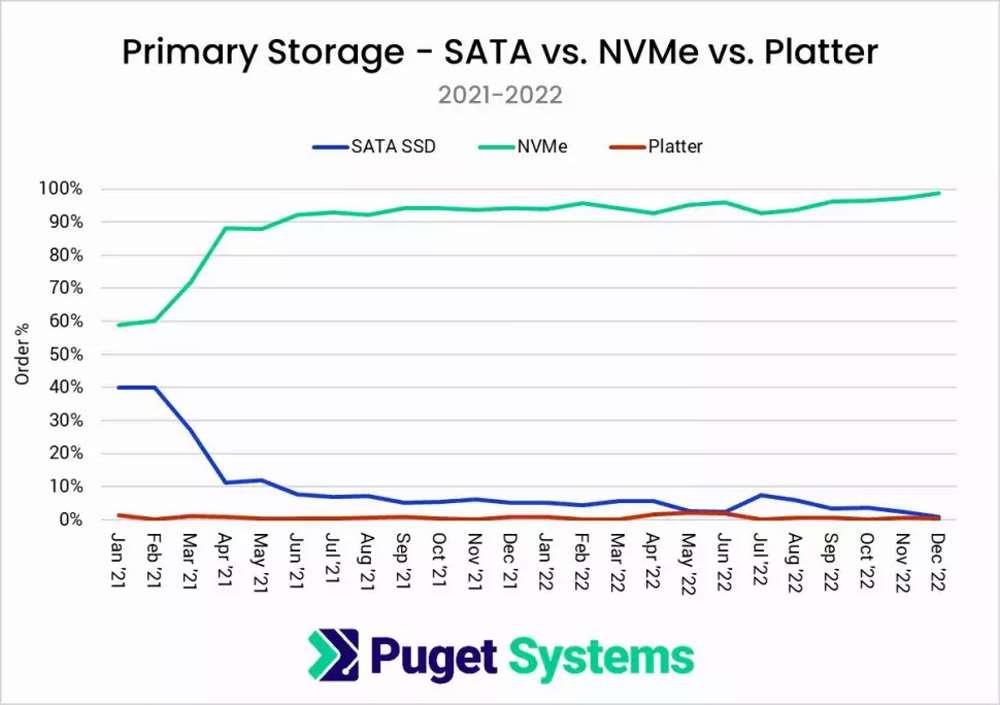
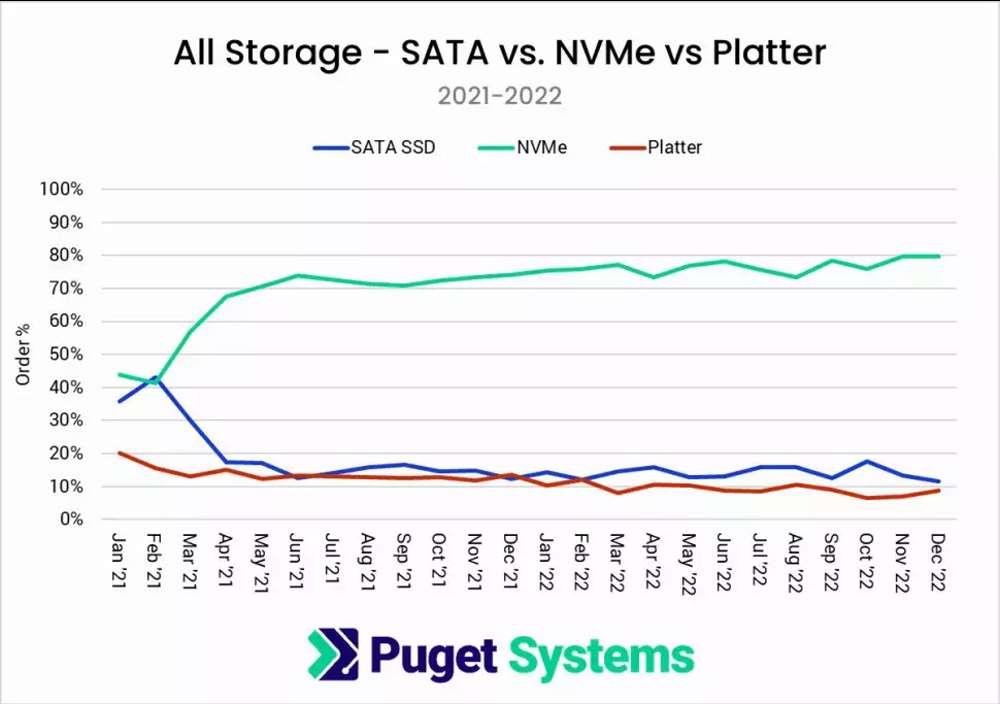
Putting the data in context
In any case, extracting said information without taking into account the context is useless, we must start from the fact that the majority of computer sales are laptops, which for a long time have dispensed with SATA drives inside until now. point that it is impossible to place one inside many PCs, there is no space or bays to do so.
In a tower PC, while it can be done, the higher speed of NVMe SSDs is what makes them the preferred one. What’s more, once DirectStorage is standardized for games, then we will see how games need drives capable of transmitting several gigabytes per second and the SATA interface does not reach these speeds.
What has the expiration date is the SATA port
Many interpret our words as the end of hard drives, these will rather continue to be used if necessary, whether connected to a third-generation USB port or internally. What many often forget is that the NVMe 2.0 standard includes the use of hard drives, which could be seamlessly connected to a single-lane PCIe interface for sending and receiving data.
What’s more, everything points to developing operating systems like Windows 12 adopting a file system organization more suitable for an SSD, non-volatile RAM, than for a hard drive. So there will be a turn of the tables. The fact is that we will most likely see a new port for hard drives from a certain date and this will replace the SATA port of computers. However, for backward compatibility we will see it for several years in motherboards.
